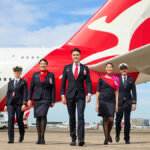
AIR NEW ZEALAND: Now has a wine label — Thirteen forty five
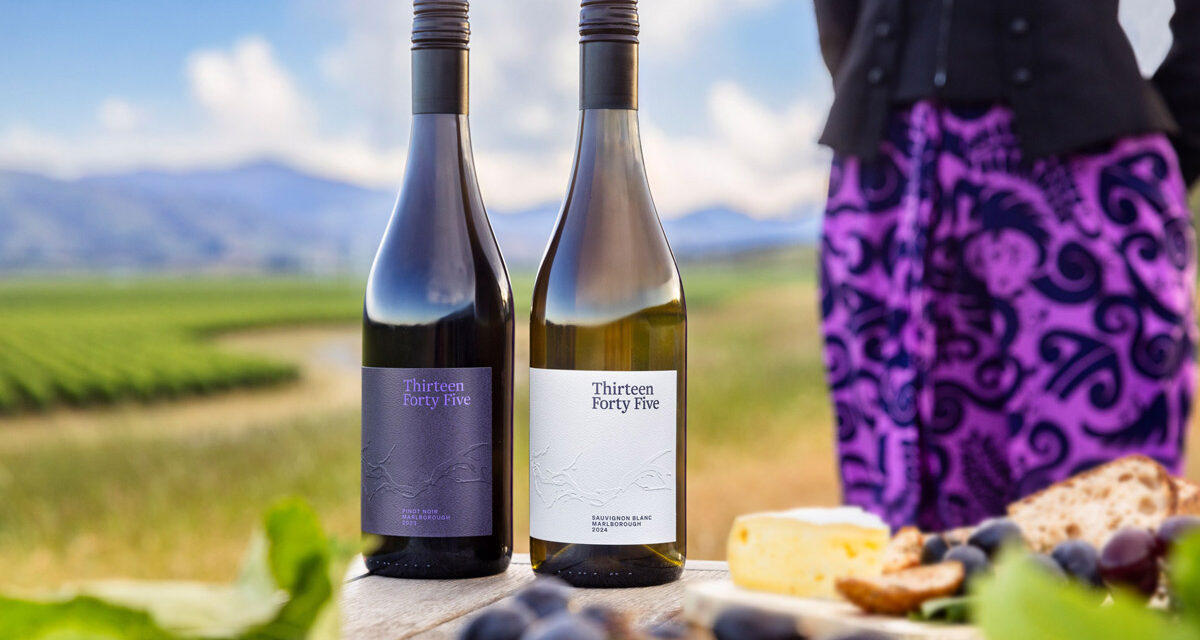
The New Zealand airline is necking a bottle — with the launch of its own wine label, Thirteen Forty Five. The brand will only be vailable to Air New Zealand passengers and their frequent flyer scheme Airpoints Store customers.
Content of this Post:
History in a name
The name 1345 celebrates the airline’s inaugural flight between Auckland and Sydney in 1940, the label’s name, Thirteen Forty Five, is the distance of the historic flight—1,345 miles. The flight was actually operated by TEAL (Tasman Empire Airways Limited), the airline’s predecessor.
“It’s a legacy that spans decades, and with this wine, we’re inviting our customers to toast to that rich history.”
Kylie McGillivray-Brown, General Manager of Customer Experience.
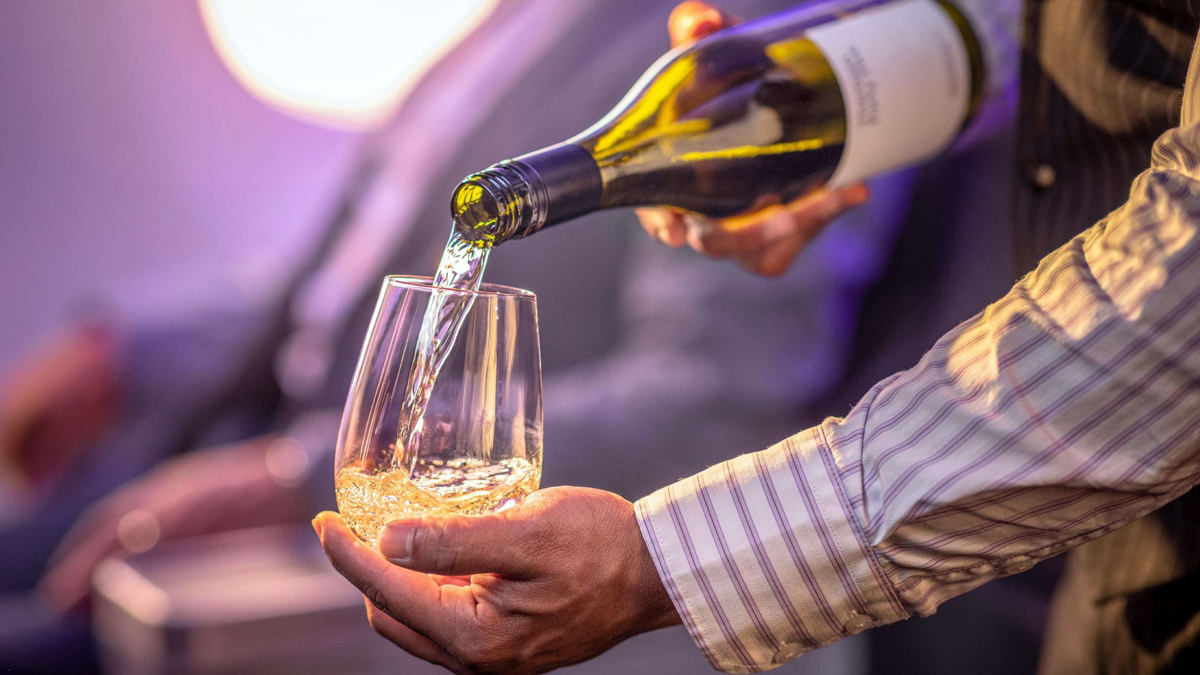
Wines of Aotearoa
The label has released two wines: predictably a Sauvignon Blanc and a Pinot Noir. Both wines for which New Zealand has a reputation. Their best quality products are rightly steamed and famous. The shitty cheap Sav Blancs that occupy the shelves of lesser outlets — not so much.
Air New Zealand has partnered with Villa Maria Winery (part of Indevin Group). The wines are now available in its lounges across the country and in Premium Economy cabins on international flights.
If you’re keen to sip at home, you will need to order via the Airpoints Store.
Air New Zealand will offer complimentary samples to customers on some domestic flights during Koru Hour, the airline’s pre-flight offering.
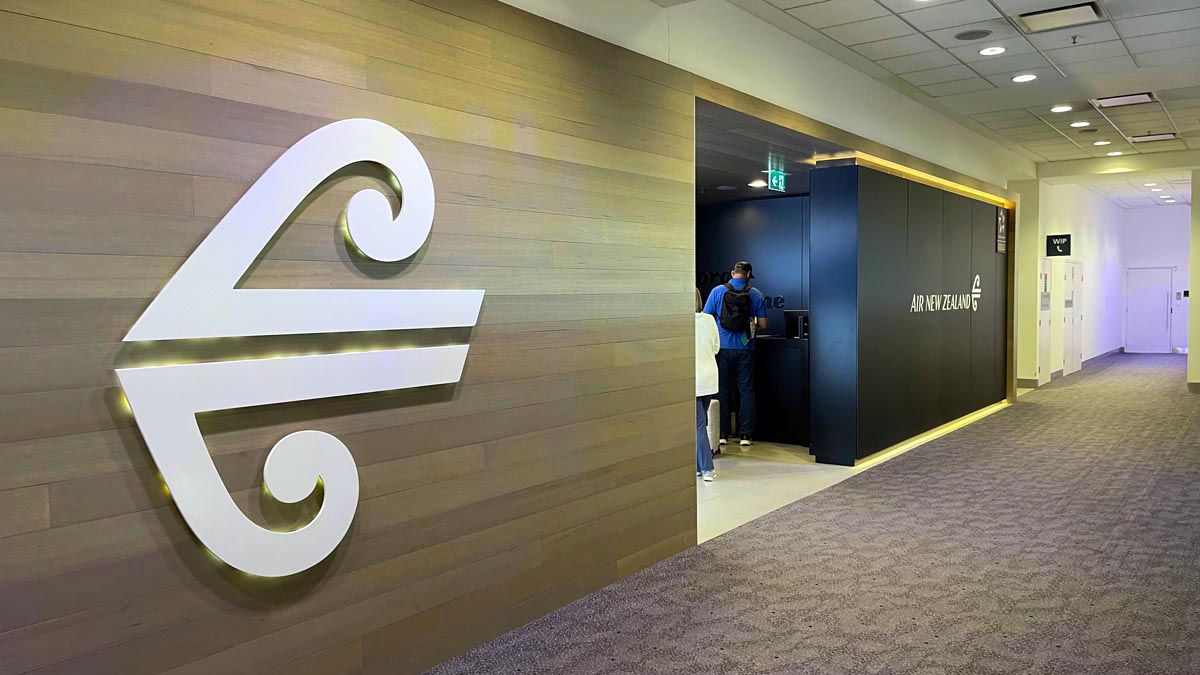
Sauvignon Blanc
The promise is a blend of grapes from two key vineyards in Marlborough’s Wairau and Awatere valleys. In wine tasting speak, expect vibrant notes of passionfruit, lemongrass, and a touch of herbaceousness. Drink with seafood.
Pinot Noir
Made from grapes grown on the eastern side of the Wairau Valley, Marlborough, this wine features cherry and plum flavours balanced by dried herbs and violets. The area is famed for its quality wines.
“We couldn’t have asked for better conditions. The growing seasons were perfect for creating wines that truly reflect the essence of New Zealand and its best varieties.”
Tom Dixon, the winemaker at Villa Maria
The future
Air New Zealand is already looking ahead. In 2025, it will launch a new vintage of its Marlborough Sauvignon Blanc, alongside a new red varietal sourced from Hawke’s Bay, another iconic wine-growing region.
Overall, in 2025, Air New Zealand’s onboard and lounge wine program will feature selections from 47 wineries, ranging from Waiheke Island to Central Otago.
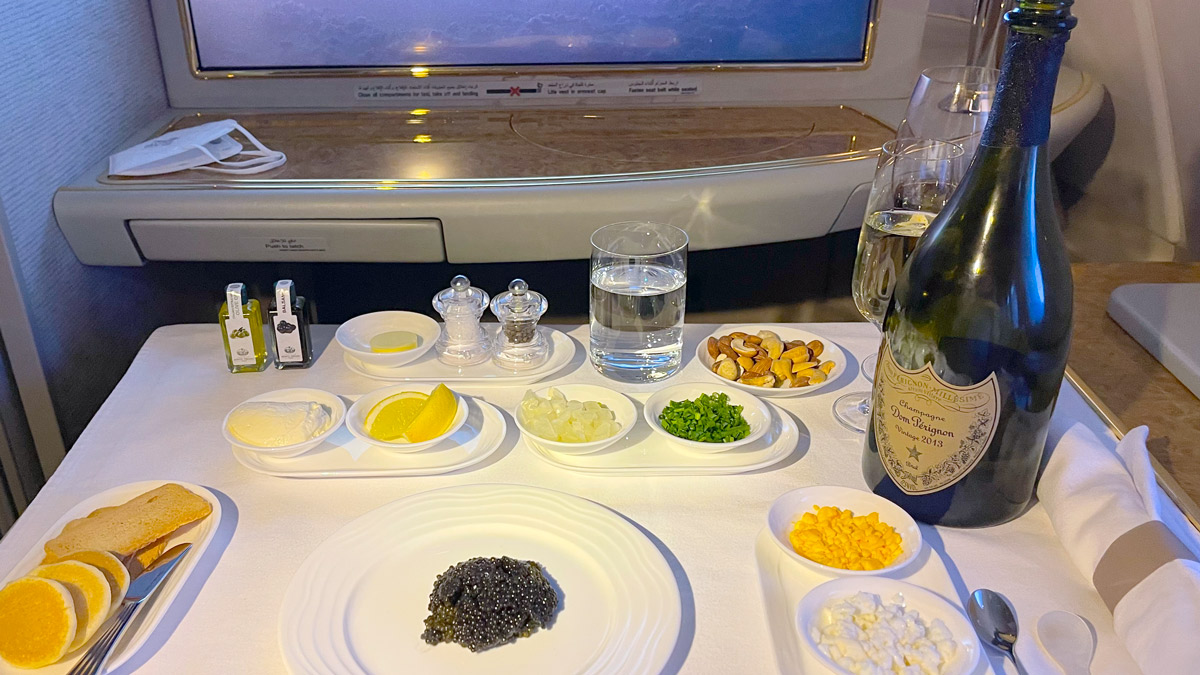
Airlines and brand deals on alcoholic beverages
Air New Zealand is not the first to associate itself with a wine, beer or spirit brand.
Qantas has long partnered with renowned Australian wineries to create the Qantas Wine Program.Wines, specially selected for Qantas’ cabins and lounges.
Emirates has its Emirates Fine Wines collection. The airline boasts many exclusive offerings available only to Emirates passengers. We are talking the deal with Dom Perignon
Singapore Airlines has Kris Wines. This collection is chosen by a team of sommeliers, and is available for purchase through the airline’s online store.
American Airlines has a partnership with California Wines, offering wine from Napa Valley and Sonoma County. Some of these wines are served in its Flagship First and Business Class cabins.
Even low-cost carrier Ryanair, now offers its own private-label wine, Ryanair Wine, claiming affordable yet quality options for passengers flying across Europe.
Alaska Airlines has its own craft beer, Cloud Cruiser IPA, brewed in collaboration with local breweries in the Pacific Northwest. Its available on Alaska Airlines flights and in select lounges.
British Airways has its British Airways Gin. It features botanicals sourced from across the UK — a uniquely British twist on the classic gin-and-tonic. Served in premium cabins and purchaseable from the airline’s inflight duty-free shop.
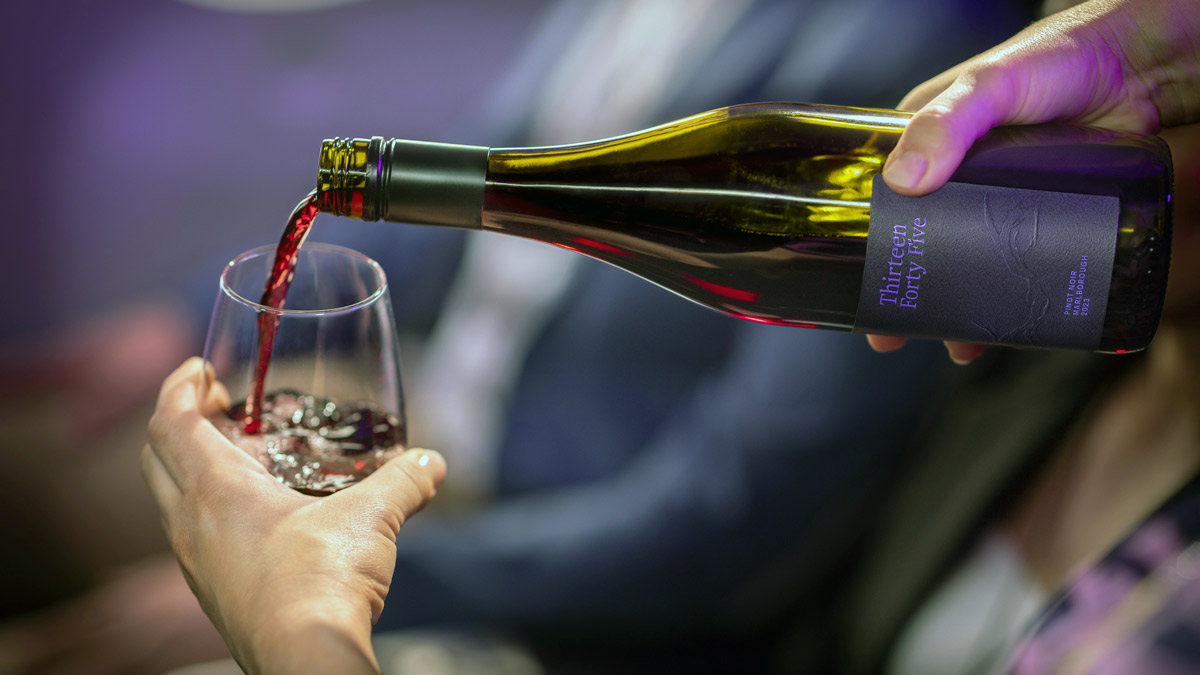
2PAXfly Takeout
I get the exclusivity can be a marketing advantage, and partnerships increase channels for promotion. But after that, I don’t see much advantage in these relationships with alcohol producers.
Promotion of national identity through alcohol associations seems to be a thing, but I’m unclear about the value add.
Am I being naïve? I would love to hear of anyone with some marketing research that would support these type of partnerships.
Anyhoo, I will be heading to the Marlborough wine area of New Zealand in the next few weeks, so time to test the quality claims.


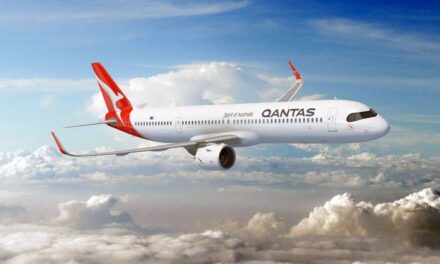
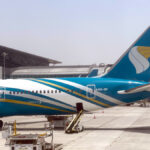
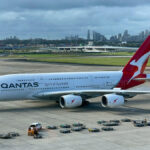

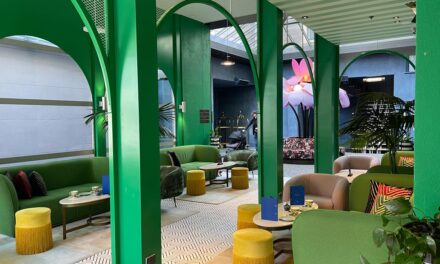
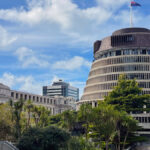

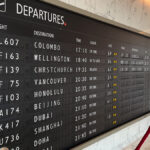
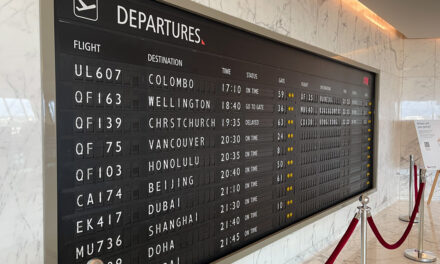
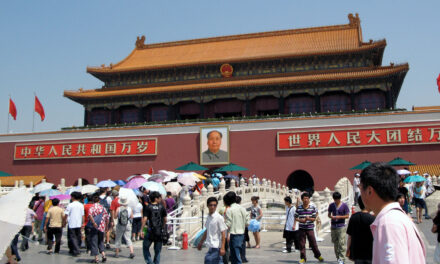
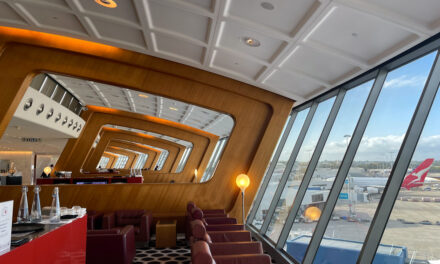
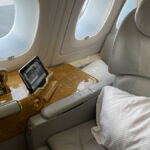
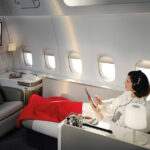
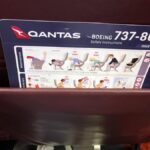
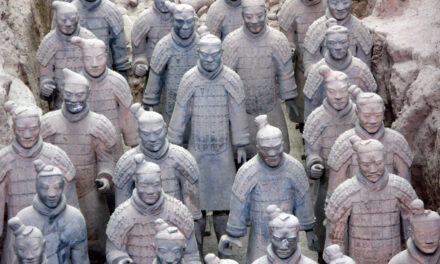
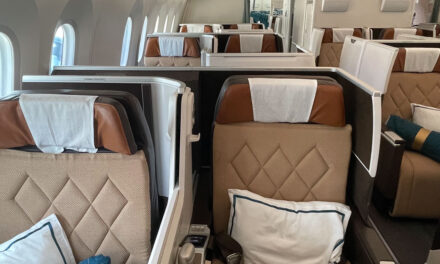
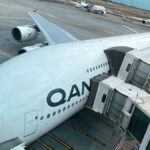
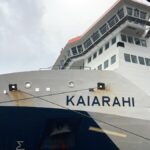
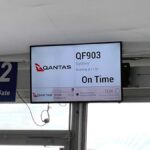
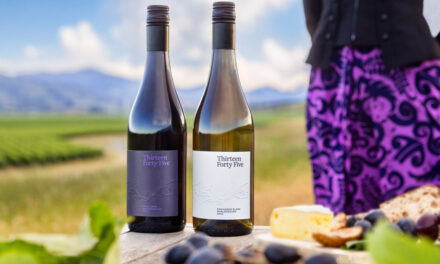
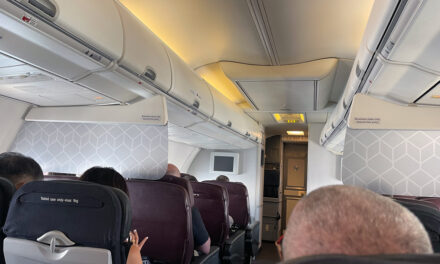
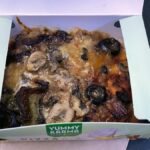
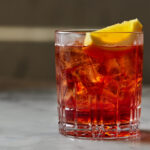

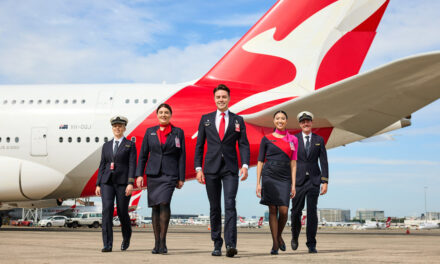
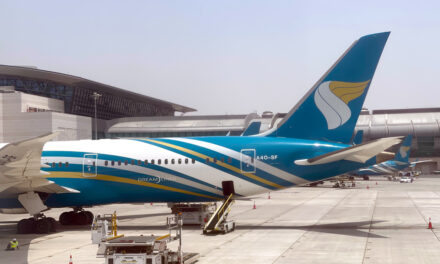


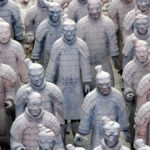
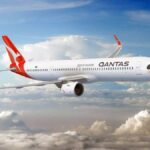
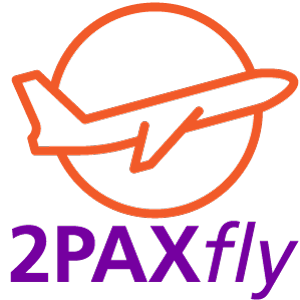
What did you say?